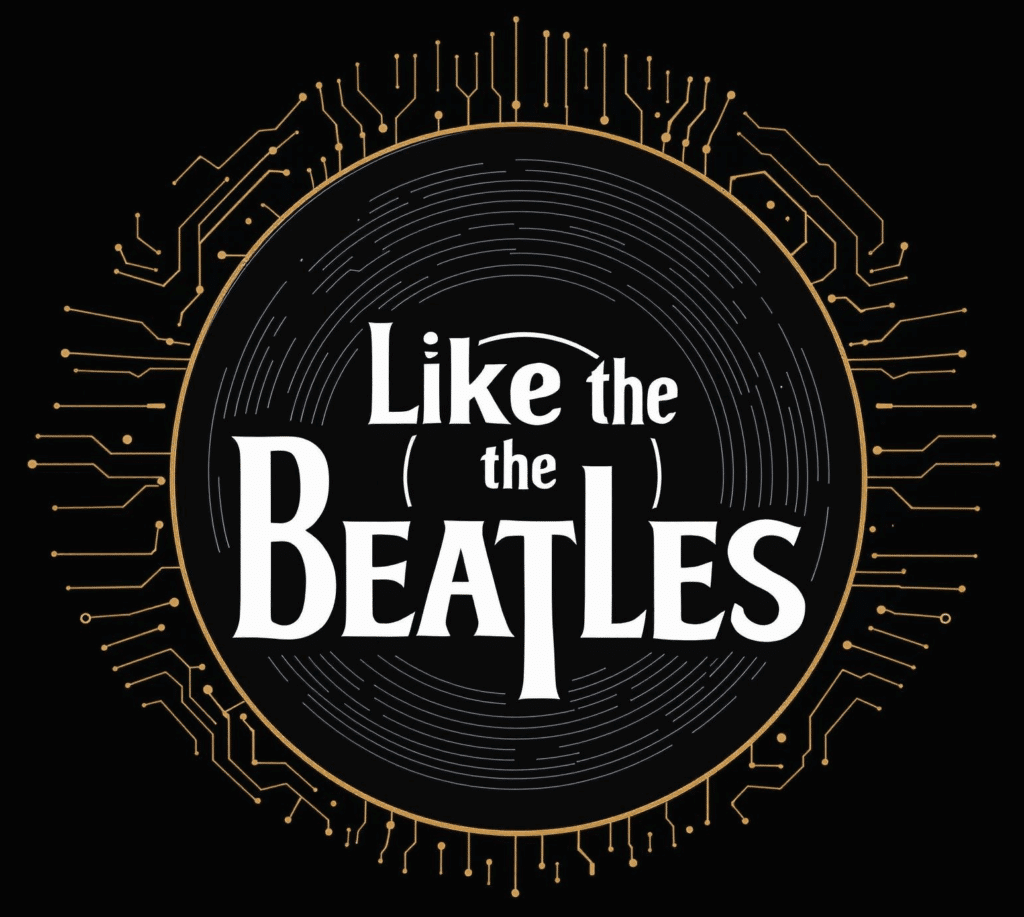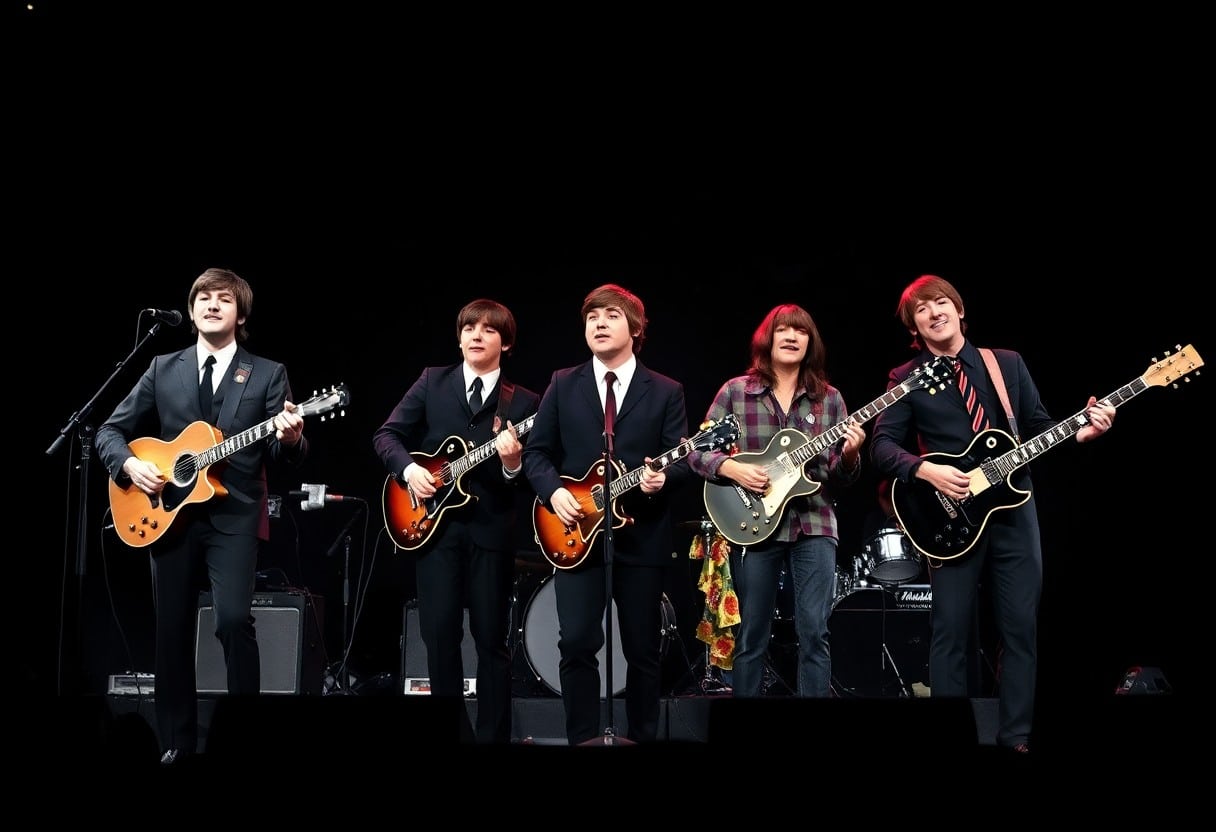Most fans of The Beatles agree that their journey from Liverpool teens to global icons was nothing short of extraordinary. I invite you to explore how you can trace their evolution through distinct musical phases, each reflecting their innovative spirit and ever-changing dynamics. From the infectious energy of their early hits to the profound experimentation of their later albums, this post examines into the transformative experiences that shaped their artistry and ultimately contributed to their untimely breakup. Let’s uncover the story behind one of music history’s most fascinating transformations.
The Early Years: Liverpool and The Formation of The Beatles
While the story of The Beatles often highlights their global fame, their journey began in Liverpool, a vibrant city where music thrived. Formed amidst the post-war culture of the 1950s, this talented group of musicians found inspiration in their surroundings, leading to the birth of an iconic band that would transform the music landscape forever.
The Quarrymen and the Birth of a Band
Formation of The Beatles can be traced back to 1957 when John Lennon founded a skiffle group called The Quarrymen. Initially a loose collective of friends, the band soon brought in additional members, including Paul McCartney and George Harrison, setting the stage for a collaboration that would change music history.
Influence of Skiffle and Rock ‘n’ Roll
The rapidly growing popularity of skiffle and rock ‘n’ roll during the late 1950s significantly influenced the sound of The Beatles. This new genre fueled their creativity, encouraging them to experiment with guitars, catchy melodies, and rhythm-driven tunes that resonated with the youth of the time.
Another key aspect of this influence came from the surge of American rock ‘n’ roll icons such as Elvis Presley and Chuck Berry, whose styles echoed through the British music scene. As I explore into The Beatles’ evolution, it’s clear that this exposure not only shaped their musical identity but also instilled a sense of rebellion and innovation among them. Their early sound was a fusion of skiffle’s playful simplicity and rock ‘n’ roll’s energetic spirit, laying the foundation for the band’s future success.
Rise to Fame: The Beatlemania Era
Even as their early songs started resonating with audiences, The Beatles quickly escalated from local favorites to global icons, igniting a fervor known as Beatlemania. Fans lined up for hours, screaming and fainting at their concerts, captivated by their charisma and catchy melodies. This overwhelming enthusiasm not only transformed their lives but also set the stage for a revolution in music and youth culture.
Debut Album and Breakthrough Success
Breakthrough success came when The Beatles released their debut album, “Please Please Me,” in 1963. This collection of exhilarating tracks catapulted them to national prominence, reaching the top of the charts and captivating the hearts of millions. Their infectious sound and innovative style redefined popular music, marking the beginning of their unprecedented rise.
Global Impact and Cultural Significance
Across the globe, The Beatles became more than just a band; they were a cultural phenomenon that influenced art, lifestyle, and attitudes. Their music broke down social barriers and paved the way for future artists, reflecting the spirit of the 1960s. This connection allowed them to redefine what it meant to be a musician and an icon.
Fame for The Beatles transcended mere commercial success; they became a symbol of freedom and revolution during a period of social upheaval. Their lyrics addressed issues ranging from love to existential questions, resonating deeply with a generation seeking authenticity. The group’s influence permeated fashion, art, and even politics, inspiring movements that challenged societal norms. In essence, The Beatles redefined not just music, but the very fabric of youth culture during the 1960s, leaving an indelible mark that continues to inspire today.
Artistic Growth: Experimentation in the Studio
Your understanding of The Beatles’ evolution is incomplete without acknowledging their artistic growth during late 1960s studio sessions. This period marked a significant shift as they began to embrace new sounds, instruments, and recording techniques that pushed the boundaries of popular music. Each member contributed unique ideas, resulting in a collaborative atmosphere where experimentation thrived. Their fearless exploration led to innovative creations beyond traditional rock and roll, solidifying their place in music history.
Innovative Techniques and Concepts
By the time The Beatles entered the studio, they were no longer just a band; they became sonic innovators. They pioneered techniques such as tape loops, backward recordings, and unconventional instrumentation, paving the way for future artists. This creative approach allowed them to blur the lines between genres, resulting in sounds that were both fresh and captivating, ensuring their music felt authentic and forward-thinking.
Landmark Albums: “Revolver” to “Sgt. Pepper’s”
Concepts of psychedelia and artistic liberation came to life in landmark albums like *Revolver* and *Sgt. Pepper’s Lonely Hearts Club Band*. These records showcased a transformative moment for The Beatles as they researchd into intricate arrangements, innovative production techniques, and diverse influences ranging from Indian music to avant-garde art. Both albums not only changed their sound but also set new standards for artistic expression in popular music, garnering acclaim and deepening their impact on the cultural landscape.
To appreciate The Beatles’ monumental shift from *Revolver* to *Sgt. Pepper’s*, one must recognize the way they merged the abstract with the accessible. *Revolver*, released in 1966, introduced a new level of creativity and innovation, with songs like “Tomorrow Never Knows” experimenting with studio effects and non-traditional structures. Following this, *Sgt. Pepper’s* not only encapsulated the spirit of the era but also revolutionized the concept of the album as a work of art in itself. Its elaborate orchestration and thematic coherence marked a turning point in music history, illustrating how pop and art could intertwine in unprecedented ways, cementing The Beatles as necessary figures in cultural evolution.
The Transition: From Tours to Studio Work
All eyes were on The Beatles as they made a significant shift in their career, moving from a relentless touring schedule to focused studio work. This transition marked a pivotal point in their artistic development and can be explored in detail through the The Beatles timeline. Their decisions during this period shaped the music landscape in profound ways.
The Decision to Stop Touring
Against the backdrop of growing pressures from fame and the chaos of live performances, The Beatles decided to stop touring in 1966. This decision was fueled by the band’s exhaustion and their desire to explore new musical directions without the distractions that came with constant traveling.
Focus on Artistic Expression
Work began on their studio albums, which allowed for greater experimentation and creativity. No longer confined by the demands of live performance, The Beatles explored diverse sounds and complex themes, pushing the boundaries of what popular music could be. This shift was marked by their willingness to take risks, as seen in albums like “Sgt. Pepper’s Lonely Hearts Club Band,” where innovative studio techniques transformed the way music was produced. Adventurous lyrical content and an eclectic mix of genres emerged, solidifying their legacy as pioneers of modern music.
The Later Years: Personal and Creative Struggles
Despite their legendary status, The Beatles faced significant personal and creative struggles in their later years. Tensions grew as individual aspirations and artistic directions pulled them apart, leading to conflicts that undermined their previously unified vision. Their dynamic changed, reflecting their evolving identities and the pressures of fame, making their final years both a period of growth and turmoil.
Individual Projects and Tensions within the Band
Any exploration of The Beatles’ later years reveals a landscape marred by competing individual projects and increasing tensions. Each member pursued their own creative paths, resulting in distinct musical styles that sometimes clashed with the band’s collective identity. This shift contributed to their growing disconnection, as the synergy that once fueled their success began to wane.
The Final Album: “Let It Be”
Above all, “Let It Be” stands as The Beatles’ final studio album, encapsulating the band’s emotional turmoil and concluding chapter. This album was marked by a challenging production process, reflecting the strain within the group. Songs like “Across the Universe” and “Get Back” emphasize hope amid conflict. Ultimately, the title track emerged as an anthem of peace during their dissolution.
Due to the tumultuous atmosphere surrounding its recording, “Let It Be” became a paradox of creativity and discord. The sessions were fraught with disagreements, leading to a recording experience that was anything but harmonious. Despite this turmoil, the album features timeless tracks that resonate with universal themes of love and reconciliation, illustrating the indelible mark The Beatles left on music. The contrasting inner struggles of its members only add depth, making “Let It Be” a poignant farewell to a band that forever changed the landscape of popular music.
Legacy and Influence: The Beatles Beyond Their Time
Many consider The Beatles not just a band, but a cultural phenomenon that reshaped music and society. Their innovative sound and bold experimentation forged a new path for future artists, impacting genres from rock to pop and even influences in hip hop. The Beatles’ message of love and unity continues to resonate, making them timeless icons whose contributions extend far beyond their musical achievements.
Enduring Impact on Music and Culture
Against the backdrop of a rapidly changing world, The Beatles emerged as pioneers who challenged traditions and redefined popular music. They integrated diverse influences, including Eastern philosophies and avant-garde styles, leaving a lasting mark on songwriting and recording techniques that artists today still emulate. Their influence solidified the album as an art form and encouraged others to approach music with a broader cultural perspective.
The Continued Fascination with The Beatles
Around the world, The Beatles have remained a subject of fascination, captivating new generations long after their breakup. Their music continues to be celebrated in countless covers, tributes, and documentaries, proving their artistry’s timeless nature. You will find their tunes across various media, showcasing their power to evoke emotions and memories. Fans and scholars alike continue to explore their lives, unveiling new insights and interpretations of their work.
Influence expands when you consider the myriad of books, films, and fan-based events that celebrate the band’s legacy. Beatles-themed festivals attract enthusiasts, creating communities united by their love for this iconic group. Even in contemporary music, artists cite The Beatles as a major source of inspiration, showcasing their ability to transcend eras. This ongoing interest speaks to the profound impact of their music, as it continues to inspire feelings of joy, nostalgia, and even social change.
To wrap up
Now that we’ve explored how The Beatles transitioned from their early days in Liverpool to global superstardom, it’s clear that their innovative spirit, willingness to experiment, and collaboration were central to their evolution. I believe that their ability to adapt to changing musical landscapes while staying true to their artistic vision set them apart. By the time they disbanded in 1970, you could see how each member had grown individually, yet their collective impact on music and culture remains unparalleled. Your appreciation of their journey allows you to grasp the profound legacy they left behind.












